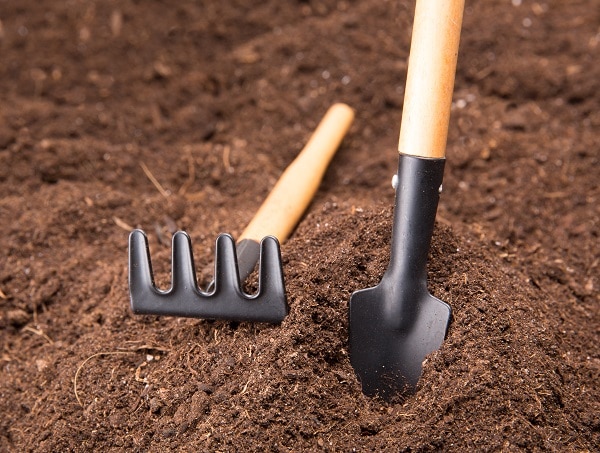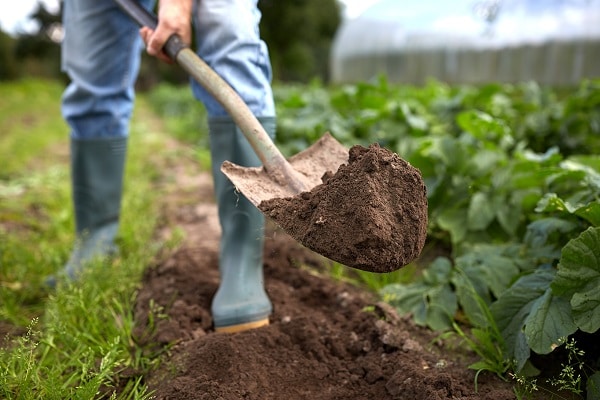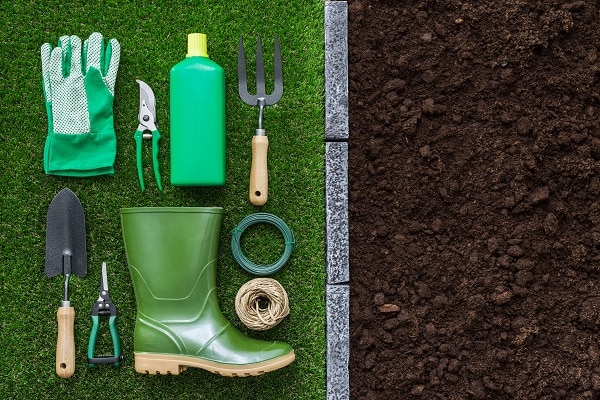Spring is finally here, which means it’s time to start thinking about gardening! After a long winter, it can be tough to get started, but don’t worry. It will be a lot easier than you might think. This article will discuss some of the best tips for starting your garden after winter. Whether you are a beginner or an experienced gardener, this post will help you get started on the right foot. So what are you waiting for? Use these tips to get started today!
Contents
Clean Up Your Garden Area

Winter weather can wreak havoc on your garden. One of the first things you should do when starting your garden is clean up your garden area. This includes removing any dead leaves, sticks, or debris that may have accumulated over the winter months. You will also want to rake up any moss or weeds that may have taken over. If you have a lot of dead leaves, you can use a mulching mower to chop them up and help fertilize your soil. Once you have cleaned up, you will be one step closer to planting the seeds!
Prepare Your Soil

One of the most critical steps in starting your garden after winter is to prepare your soil. Once you have cleaned up the area you will be planting, turn the soil over to aerate it. Aeration will help ensure that your plants have enough room to grow. You should also add organic matter to your soil, such as compost or manure. This will help improve the quality of your soil and provide nutrients for your plants. If you make your compost and it isn’t quite ready yet, you can add some store-bought compost to your soil. Just make sure that you don’t use too much, as this can harm your plants.
Test Your Soil’s pH Levels

Before you start planting your garden, you need to ensure that your soil is ready. One of the most important things you can do is test your soil’s pH levels. Even if you did this last year, you would want to do it again once winter has passed. This will ensure that your plants can get the nutrients they need to grow properly. There are a few different ways to test your soil’s pH levels.
You can buy a pH testing kit at your local garden store or do it yourself with a little bit of vinegar and baking soda. If your soil is too acidic, you can add some lime to raise the pH levels. If your soil is too alkaline, you can add some sulfur to lower the pH levels.
Prune Any Plants That Survived Winter

If you have any plants that survived the winter, now is the time to prune them. Pruning will help encourage new growth and ensure that your plants are healthy. If you are unsure how to prune your plants correctly, you can consult a gardening book or ask someone at your local nursery. They should be able to guide you, especially on any plants you bought from them. With a little bit of care, these plants should be thriving again in no time!
Edge Your Garden Beds

One of the best ways to get your garden ready after winter is to edge your garden beds. This will give them a nice, clean look and help keep any weeds or grass from invading. You can use a shovel or an edging tool to do this. If you are using a shovel, be sure to angle it so that you don’t damage the roots of your plants.
If you don’t know what edging is, it’s simply cutting a trench around the perimeter of your garden bed. Once you have finished edging, you can add some mulch to help keep the weeds at bay. This is an optional step, but it can help keep your garden looking neat and tidy.
Remove Any Pests

As winter ends and the weather warms up, pests will become active again. Check your garden for any signs of pests before you start planting. If you find any, be sure to remove them right away. Some common garden pests include aphids, whiteflies, and caterpillars. You can usually remove small infestations by hand. For larger infestations, you may need to use an insecticide. You can ask your local nursery for advice on insecticide to use. Once you have removed any pests, you will be one step closer to having a healthy and thriving garden!
Get Your Garden Tools Ready

After taking care of all the previous steps, it’s finally time to get your garden tools ready. This includes things like your shovel, hoe, rake, and trowel. If you didn’t already do so in the fall, you would want to clean and sharpen your tools. This will help them last longer and make gardening easier. You should also check for any damage and repair or replace any broken parts. Once your tools are ready, you can finally start planting your garden!
Plant Your Seeds

Now that you have taken all the necessary steps, you are finally ready to plant your garden. Be sure to choose plants appropriate for the climate and soil in your area. You will also want to consider how much sun and shade your garden gets. Once you have chosen the right plants, it’s time to get them in the ground! Be sure to dig deep holes and give each plant plenty of room to grow. Once you have planted your garden, be sure to water it well. Then, all you have to do is sit back and watch it grow!
Conclusion
Starting your garden after winter can seem like a daunting task, but it doesn’t have to be. By following these simple tips, you will be on your way to having a beautiful and thriving garden in no time! If you have any questions or need help getting started, ask your local nursery or gardening store. They will be more than happy to assist you. Happy planting!